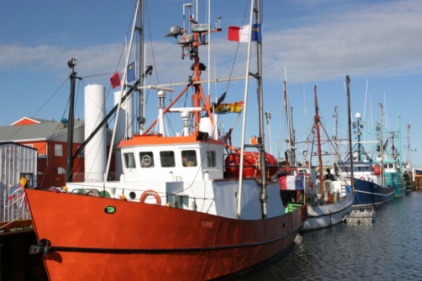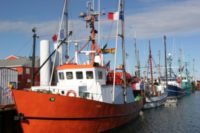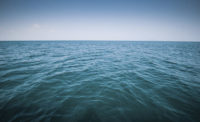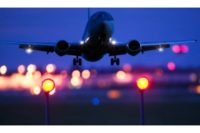NTSB calls for safety improvements in commercial fishing industry

 The fish are better protected than the fishermen, according to the National Transportation Safety Board (NTSB), which today issued new safety recommendations to the U. S. Coast Guard regarding tougher standards for commercial fishing vessels, crew training and increased use of flotation devices.
The fish are better protected than the fishermen, according to the National Transportation Safety Board (NTSB), which today issued new safety recommendations to the U. S. Coast Guard regarding tougher standards for commercial fishing vessels, crew training and increased use of flotation devices.
"The commercial fishing industry continues to have the highest fatality rate of all occupations in the United States; the safety hazards of this industry are unacceptable," said NTSB Chairman Deborah Hersman. "While numerous laws have been passed to protect fishing grounds and fish populations, regulations to improve the safety of commercial fisherman are long overdue."
In the United States, deaths averaged 158 per 100,000 commercial fishing industry workers from 1992 to 2008, compared with an average of 4 fatalities per 100,000 workers in all occupations nationwide.
At an NTSB forum on fishing vessel safety held last October, in Washington, DC., experts from the U.S. Coast Guard and industry identified numerous issues which need to be addressed to improve the safety of commercial fishing, including lifesaving equipment, replacing older vessels, and crew training - from both industry and government perspectives. The forum also identified strategies for preventing accidents and reducing the industry's high rate of injuries and fatalities.
Today's recommendations to the U.S. Coast Guard stem from the forum as well as recently completed investigations of the loss of the F/V Lady Mary and F/V Katmai.
They are:
• Establish standards for new and existing commercial fishing industry vessels of 79 feet or less in length that (1) address intact stability, subdivision, and watertight integrity and (2) include periodic reassessment of the vessels’ stability and watertight integrity.
• Require all owners, masters, and chief engineers of commercial fishing industry vessels to receive training and demonstrate competency in vessel stability, watertight integrity, subdivision, and use of vessel stability information regardless of plans for implementing the other training provisions of the 2010 Coast Guard Authorization Act.
• Require credentials for masters and chief engineers working on uninspected commercial fishing vessels over 200 gross tons, which comprise a small portion of the commercial fishing industry.
• Require each person on the deck of a commercial fishing industry vessel to wear a flotation aid at all times.
• Require owners of commercial fishing industry vessels to (1) install fall overboard recovery devices appropriate for the vessel, (2) periodically ensure the functionality of such equipment, and (3) regularly conduct drills in which crewmembers demonstrate their competence in the use of such devices.
• Require all crewmembers to provide certification of completion of safety training before getting under way on commercial fishing industry vessels, such training to include both prevention of and proper response to emergency situations as well as actual use of emergency equipment. (M-11-27)
The full list of safety recommendations can be found at: www.ntsb.gov/doclib/recletters/2011/M-11-023-027.pdf.
Looking for a reprint of this article?
From high-res PDFs to custom plaques, order your copy today!






